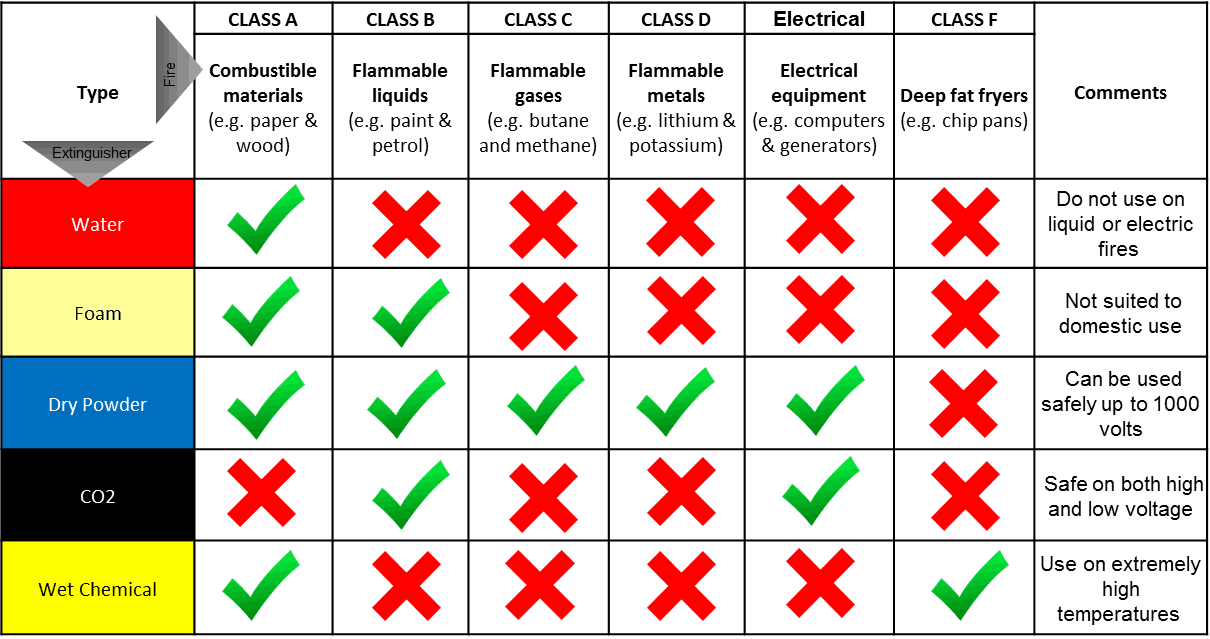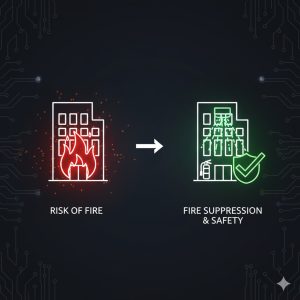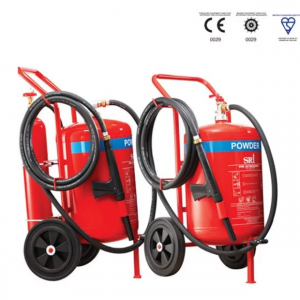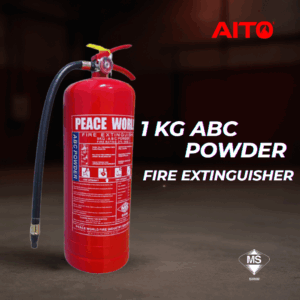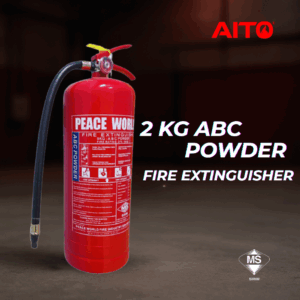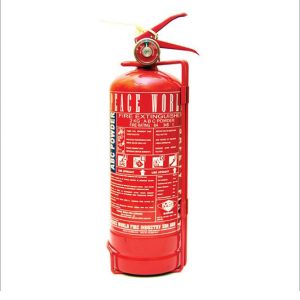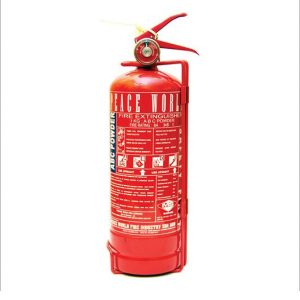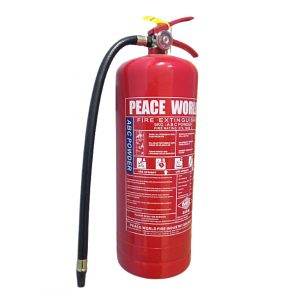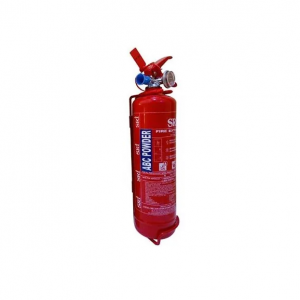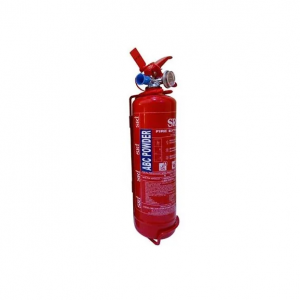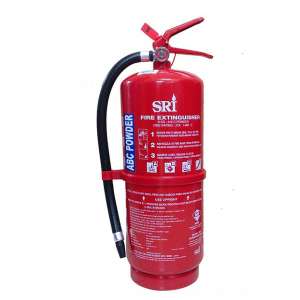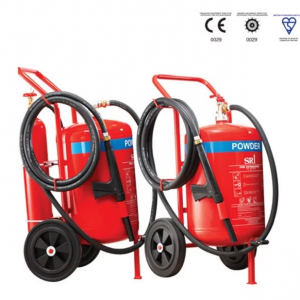There are different types of fire extinguishers and their uses for fighting different classes of fire.
Fires can happen unexpectedly, making it crucial to know how to use the right fire extinguisher for each class of fire. Each extinguisher type is designed for a specific fire, and using the wrong one can be ineffective or even worsen the situation.
What are the different classes of fires?
- Class A: Fires involving solid materials like wood, paper, textiles, or coal.
- Class B: Fires caused by flammable liquids such as gasoline, oil, or paint.
- Class C: Fires involving flammable gases like propane or methane.
- Class D: Fires involving combustible metals like magnesium and aluminum.
- Class F/Class K: Fires caused by cooking oils and fats.
- Class E: Electrical fires from live equipment and sources.
Types of fire extinguishers and their uses in Malaysia
1. Water extinguisher
You can recognize water fire extinguishers by their solid red color and “Water” label in white. These extinguishers work by discharging water at high pressure, cooling the fire’s fuel and slowing the rate of combustion. Water extinguishers are only suitable for Class A fires involving wood, cloth, paper, and plastics.
- Color: Solid red with “Water” text.
- Suitable For: Class A fires.
2. Foam Fire Extinguisher
Foam fire extinguishers are labeled with “Foam” on a cream rectangle. These extinguishers contain a foaming agent that quickly knocks down flames and prevents re-ignition by sealing vapors. They are ideal for Class A and B fires. When using foam for flammable liquids, aim the foam near the fire and let it build up across the surface to avoid spreading the flames.
- Color: Red with a cream “Foam” label.
- Suitable For: Class A and B fires.
Pro Tip: For Class B fires, spray foam near the fire source and let it build up across the burning surface.
3. Powder Fire Extinguisher
ABC dry powder extinguishers have “Powder” written in white on a blue rectangle. These extinguishers are versatile and can tackle Class A, B, C fires, as well as electrical fires. However, they leave a fine residue that can be difficult to clean, making them less ideal for indoor use.
- Color: Red with a blue “Powder” label.
- Suitable For: Class A, B, C fires, and electrical fires.
4. Carbon Dioxide (CO2) Fire Extinguisher
CO2 extinguishers are distinguishable by their black rectangle label with “CO2” written in white. They are specifically designed for electrical fires and Class B fires involving flammable liquids. CO2 extinguishers work by displacing oxygen in the air, but they do not leave any residue, making them perfect for offices or workshops.
- Color: Red with a black “CO2” label.
- Suitable For: Class B fires and electrical fires.
5. Wet Chemical
Wet chemical extinguishers display “Wet Chemical” on a yellow rectangle. These extinguishers are designed for Class F fires caused by cooking oils and fats. They release a soft mist that cools the burning oil and forms a seal to prevent the fire from reigniting.
- Color: Red with a yellow “Wet Chemical” label.
- Suitable For: Class F fires (cooking oils and fats).
Why Use The Right Fire Extinguisher?
Using the correct fire extinguisher ensures safety and maximizes effectiveness. Misusing an extinguisher, on the other hand, could lead to dangerous outcomes. By understanding how each type of extinguisher works, you can respond to fires more effectively.
For consultation or assistance with fire extinguishers for your home or office, contact us at 03-78314791 (office hours) or WhatsApp us 24/7 for support
AITO provides:
- Supply Fire Extinguisher
- Service Fire Extinguisher
- Fire System Maintenance
- Fire Safety Training
- iSCADA Installation
Related Article: How To Get Fire Certificate By Malaysia Fire Department? What Are The Premises That Are Required To Apply For Fire Certificate Malaysia?

